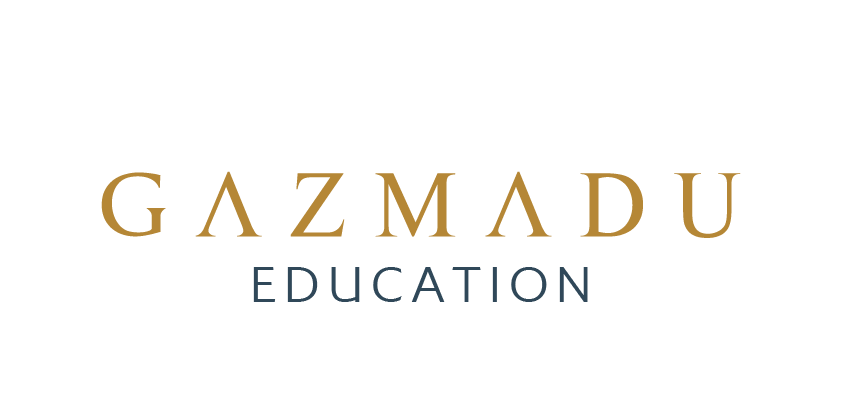In addition to your base pricing for photography services, there are several other factors to consider when quoting a project and setting your overall prices. These include:
Editing and Retouching Fees
The work doesn’t end when the shooting is done. Post-production editing and retouching is a crucial part of the process and should be accounted for in your pricing. Factors to consider when setting editing/retouching rates include:
- Hourly vs. per-image pricing: Will you charge a flat rate per edited image, or an hourly fee for time spent editing?
- Complexity of edits: Basic color correction and exposure adjustments may be included in your base pricing, but more complex retouching like skin smoothing, object removal, or compositing may incur additional fees.
- Outsourcing: If you outsource your editing to a third-party retoucher, factor their rates into your pricing.
Be transparent with clients about what level of editing is included in your base package pricing and what additional retouching services are available for an extra cost.
Travel Expenses
If a shoot requires you to travel outside your normal service area, you’ll need to account for travel costs in your pricing. This can include:
- Mileage/gas if driving your own vehicle
- Airfare and baggage fees if shooting in a distant location
- Lodging if an overnight stay is required
- Car rental and parking fees
- Meals and incidentals while traveling
You can either itemize these expenses in your quote or build them into your overall project fee. Be clear with clients about what travel costs are included and what qualifies as an additional expense.
Prints and Products
While some photographers only offer digital files, others sell physical prints and products as an additional revenue stream. If you plan to offer prints and products, consider:
- Labs/vendors: Research print labs and product vendors to compare pricing, quality, and turnaround times. Choose reliable partners that offer wholesale pricing to maximize your profit margins.
- Markup: Determine your target profit margin and mark up the wholesale cost of prints and products accordingly. A common markup range is 2-3x the wholesale price.
- In-person sales: Some photographers offer in-person sales sessions to guide clients through selecting prints and products. This personalized approach can often lead to higher sales.
- Online proofing and ordering: Many photographers use online proofing galleries that allow clients to order prints and products directly. Factor in the cost of gallery hosting and any commissions charged by the platform.
Offering prints and products can be a lucrative add-on to your photography services, but requires careful pricing and consideration of your time and costs.
By accounting for editing, travel, and product costs in your pricing strategy, you’ll ensure that you’re being properly compensated for all aspects of your work as a photographer. Clearly communicating these additional costs to clients upfront will help avoid surprises and maintain positive relationships with your customers.
Rather than struggling to develop a strategic pricing model on your own, elevate your business by joining our transformative 3-day Pricing & Structure Masterclass on July 14-16, 2024. This live online experience will equip you with comprehensive frameworks for determining profitable pricing and you’ll also master negotiation tactics to win higher-paying clients. Click here to register before spaces fill up!



